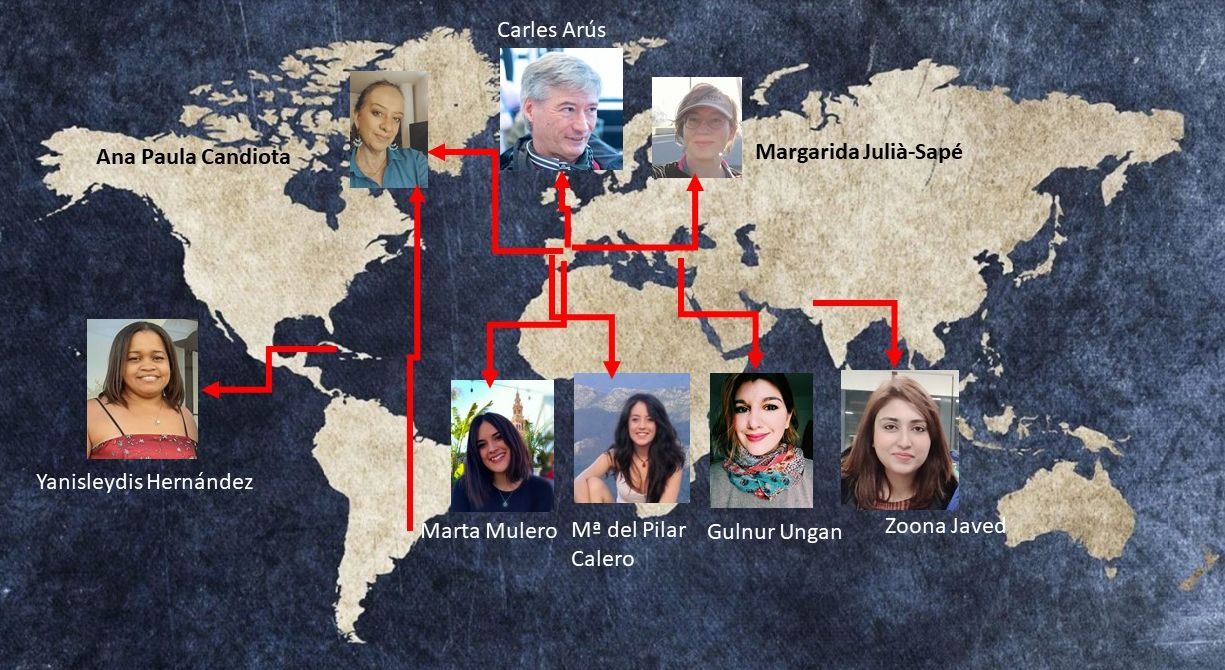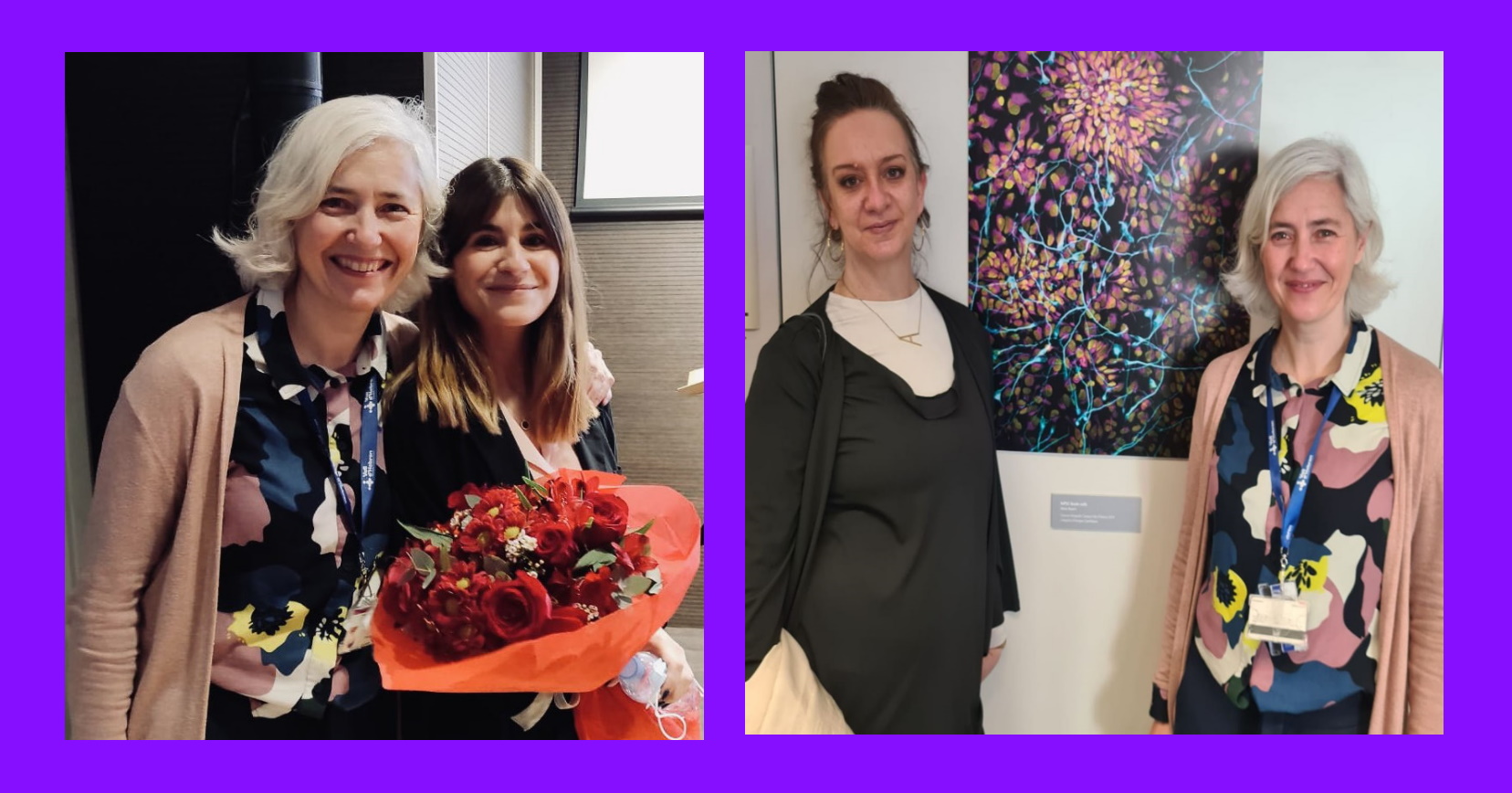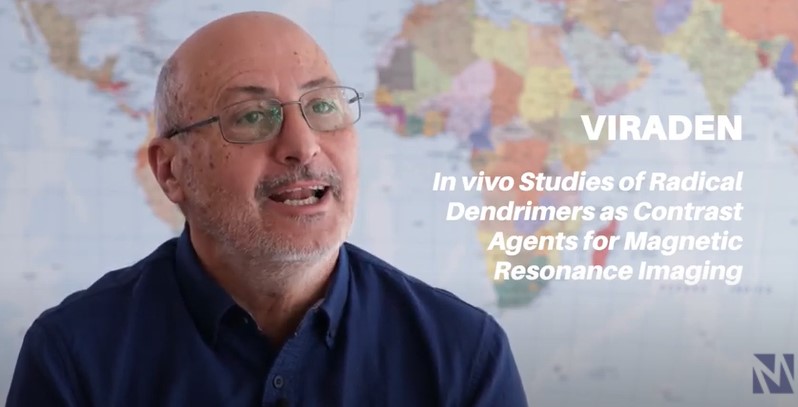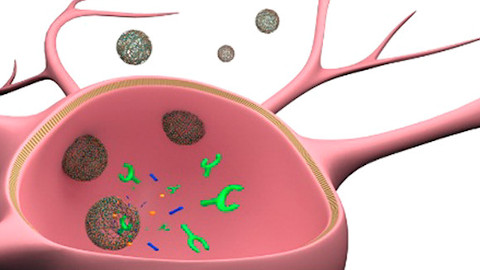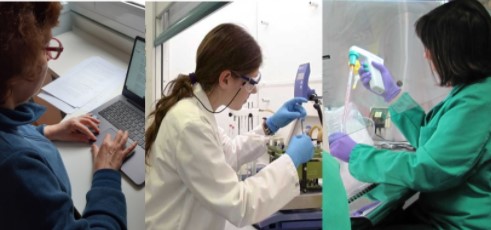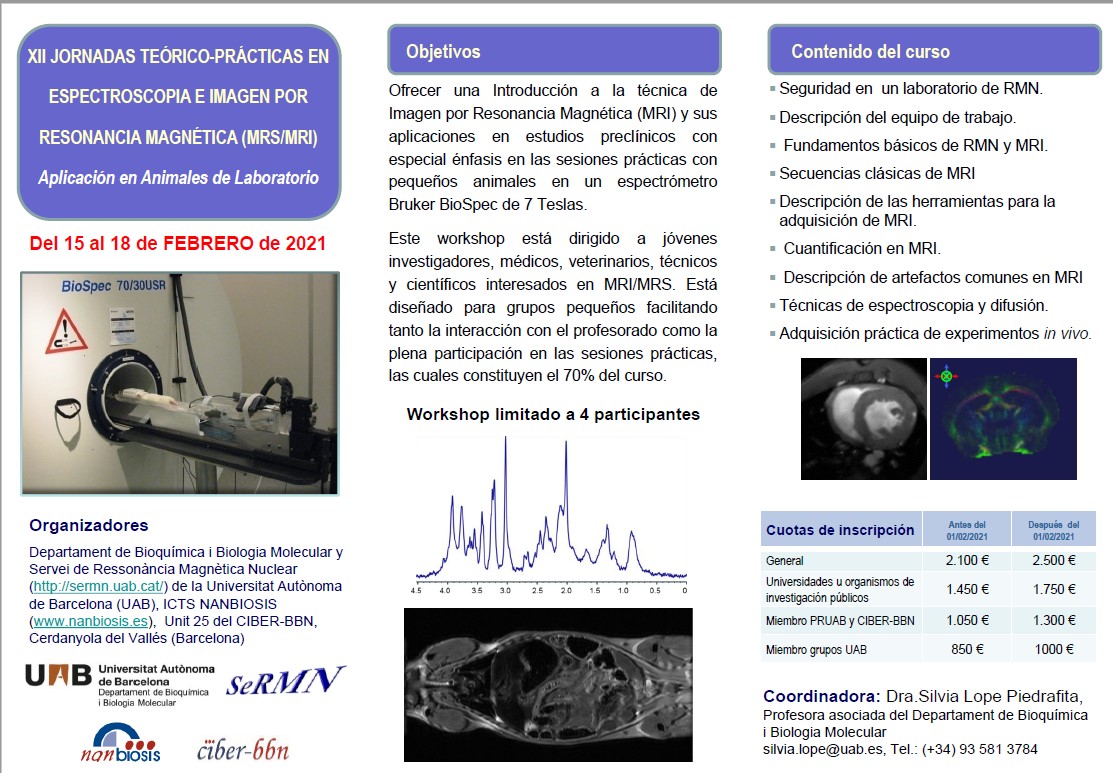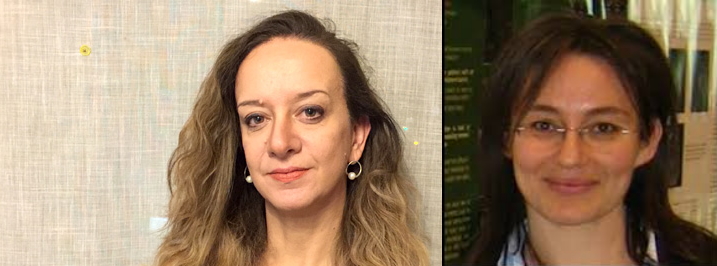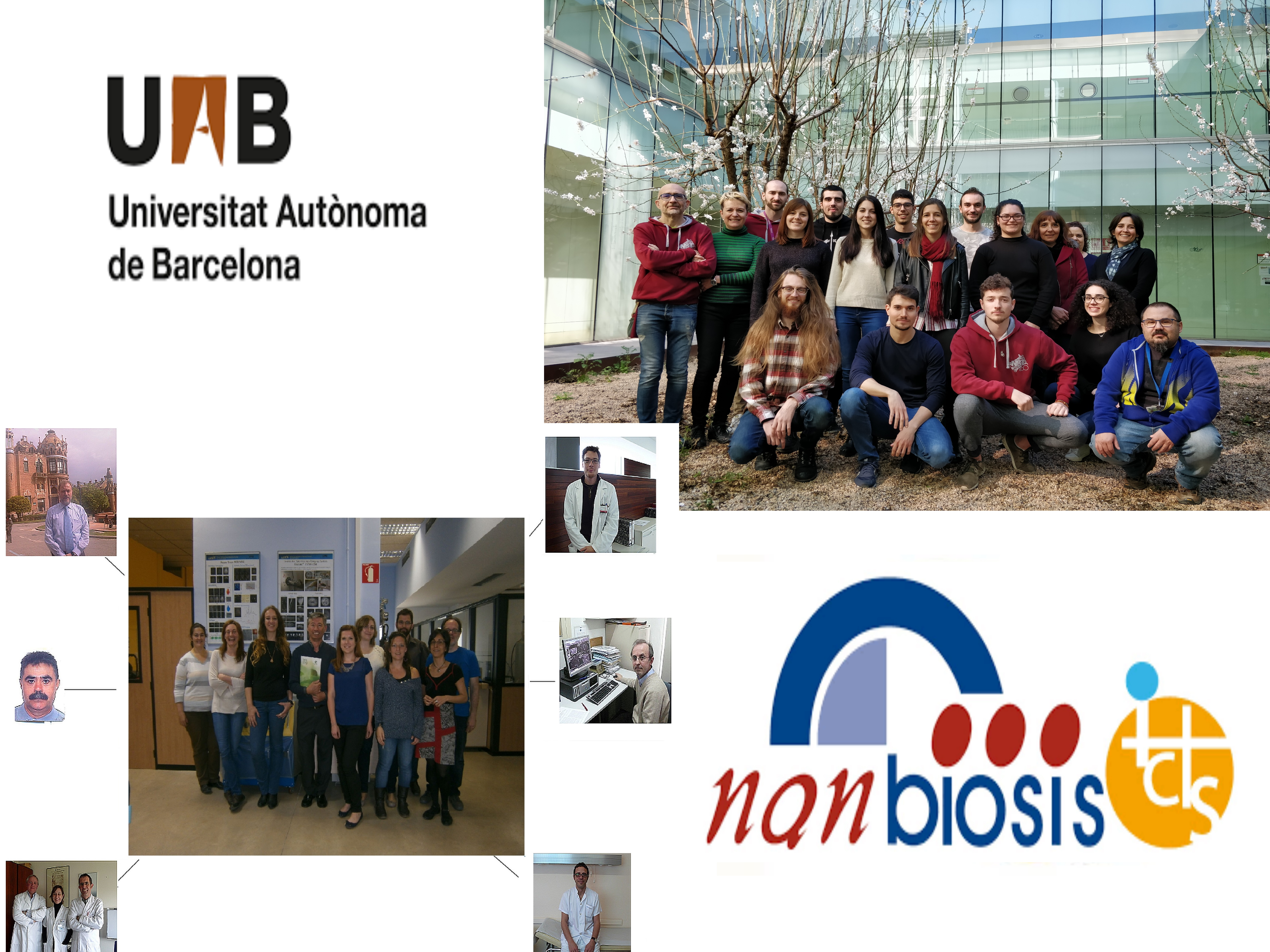Improving quality of MR spectra from mouse brain. MRSI-detected pattern in glioblastoma patients
Work performed at Unit 25 of Nanbiosis ICTS of “NMR: Biomedical ApplicationsI” is being shown at the Joint annual meeting ISMRM-ESMRMB (May 7-12th) London, with the participation of CIBER-BBN group members Ana Paula Candiota, Silvia Lope-Piedrafita, Miquel Cabañas (abstract 1), Carles Arús, Gulnur Ungan, Margarida Julià-Sapé, Alfredo Vellido and Carles Majós (abstract 2).
In the first abstract, entitled “High resolution Multi-voxel spectroscopy using CSI-semi-LASER for mouse brain preclinical studies” we focused into improving quality of MR spectra obtained from mouse brain, a key factor when trying to pursue metabolomic-based biomarkers.
The second abstract, entitled “MRSI-detected pattern in glioblastoma patients one month after concomitant chemoradiotherapy” presented a study with a retrospective MRSI set of 31 glioblastoma patients and investigation of spectral patterns predictive of true progression or pseudoprogression.
The International Society for Magnetic Resonance in Medicine (ISMRM) and The European Society for Magnetic Resonance in Medicine and Biology (ESMRMB) are prestigious scientific societies devoted to magnetic resonance-based studies at international and European levels with participation of the most renowned scientifics in the field. This year, the international and european events are joined into a single event (https://www.ismrm.org/22m/)
